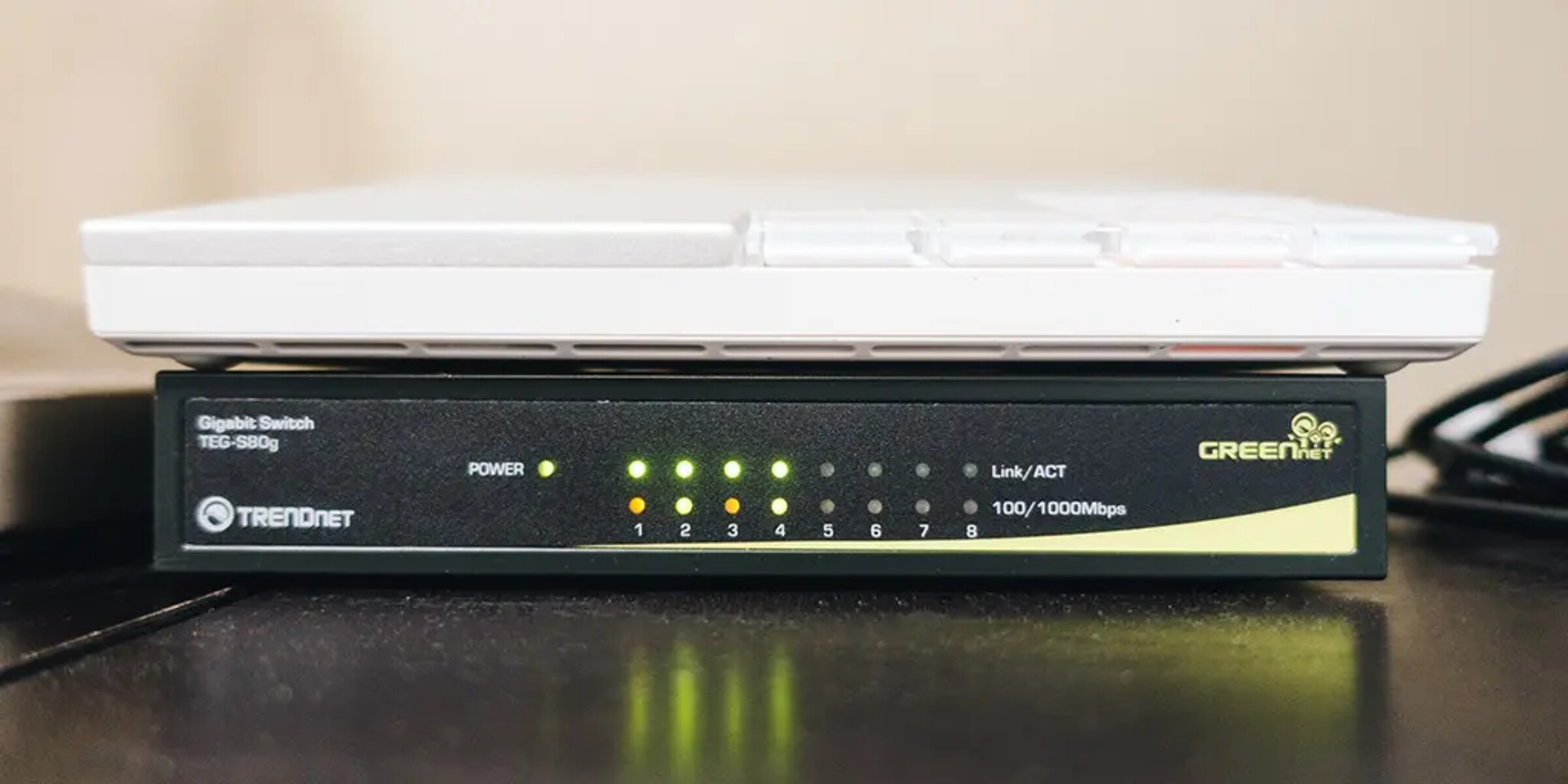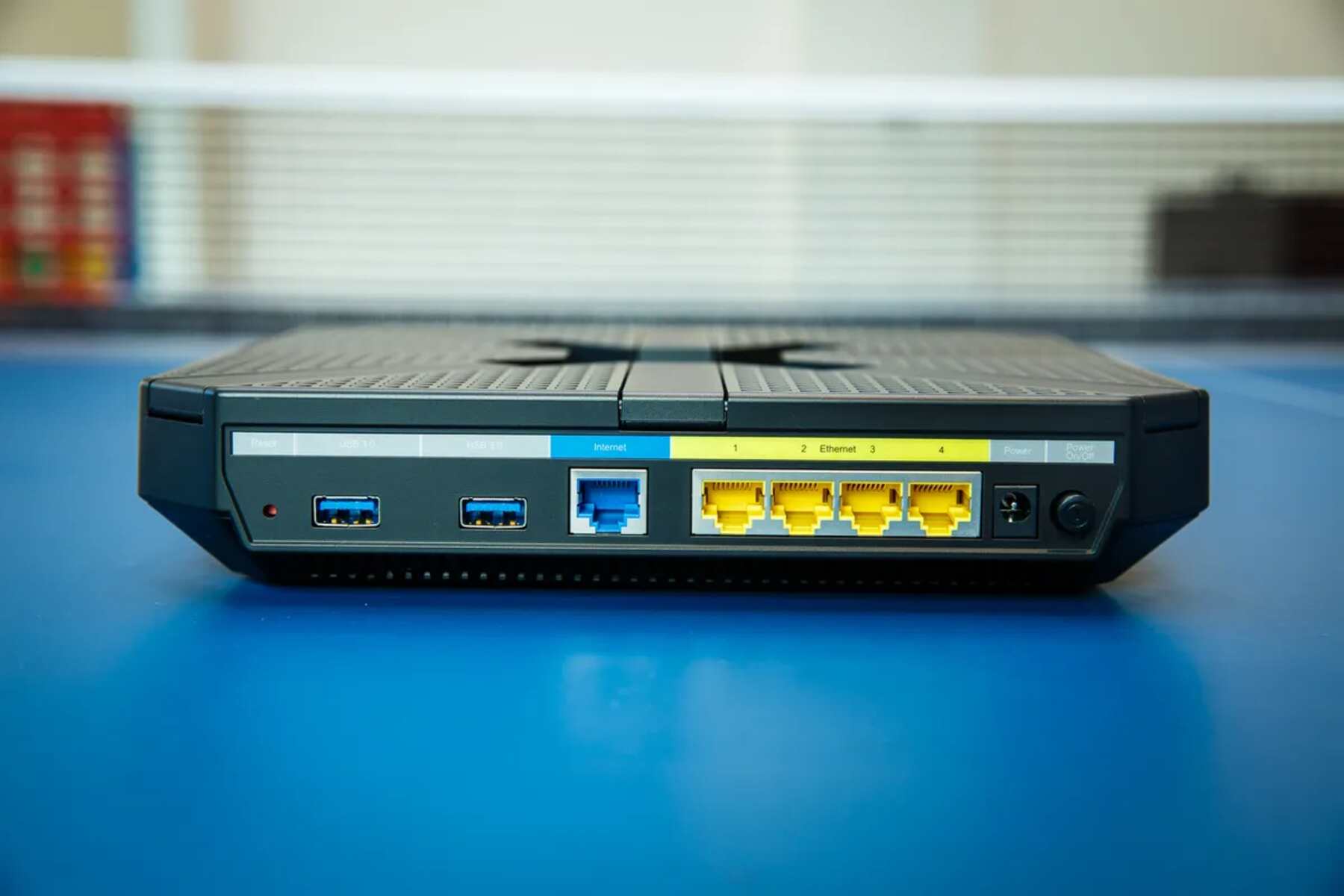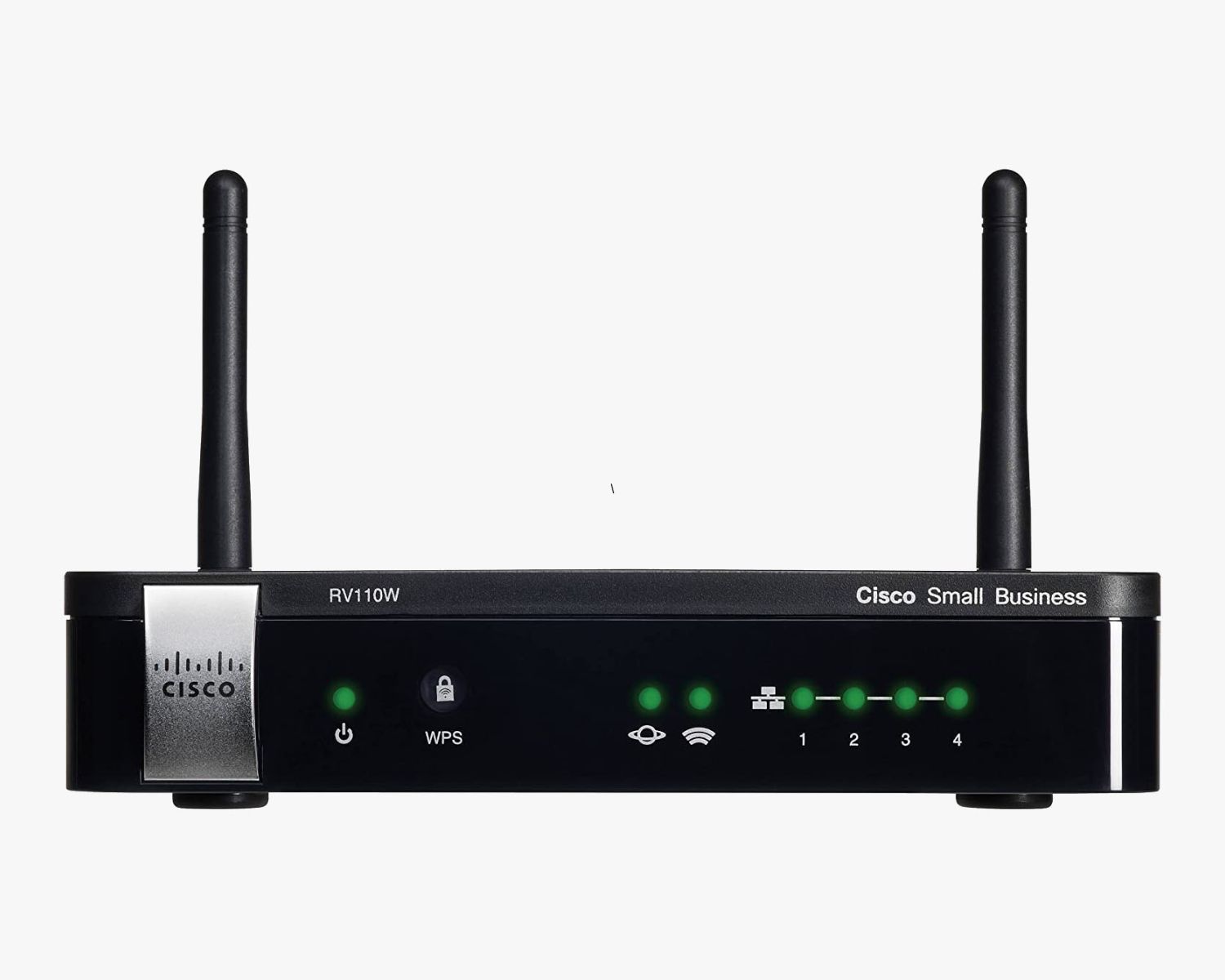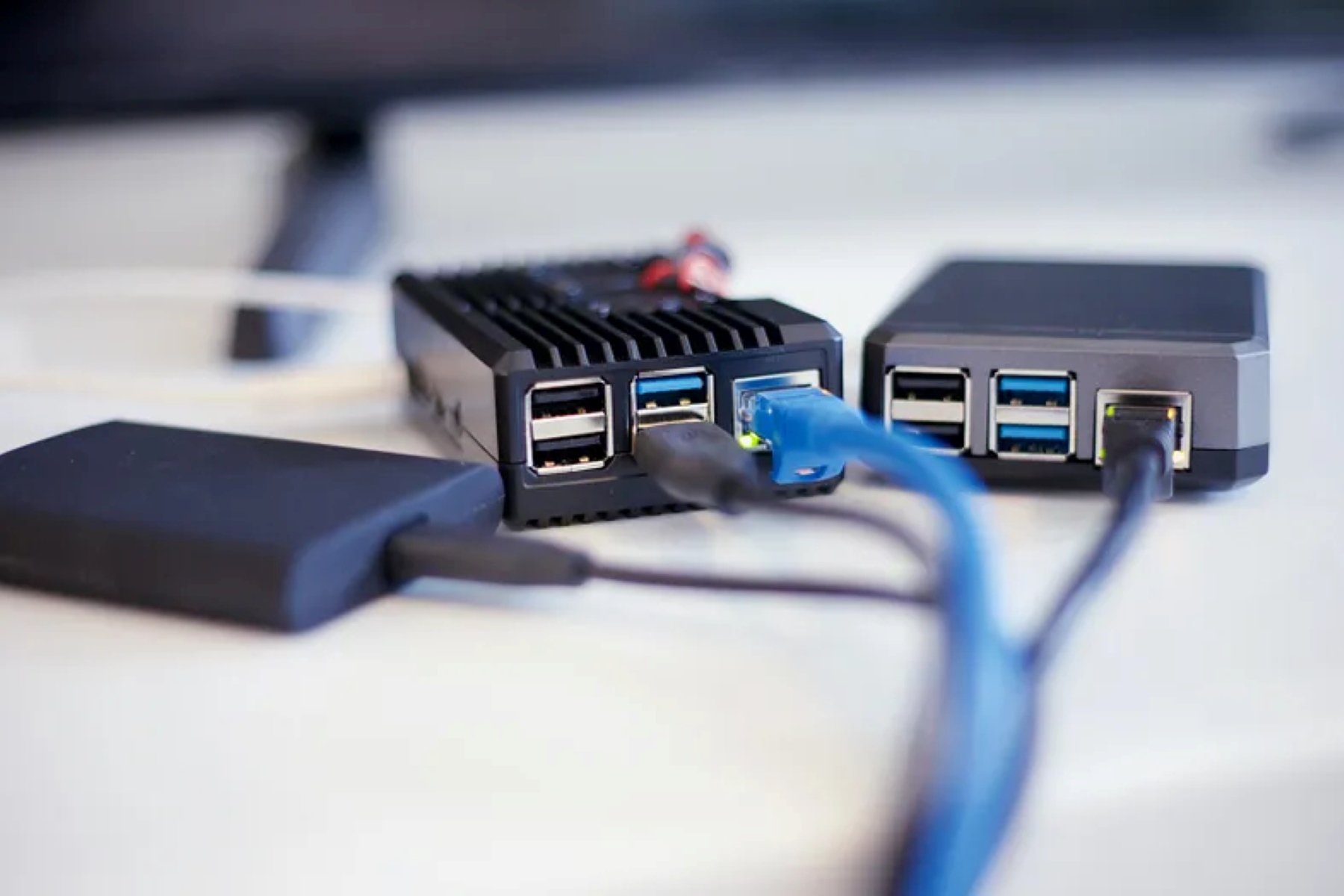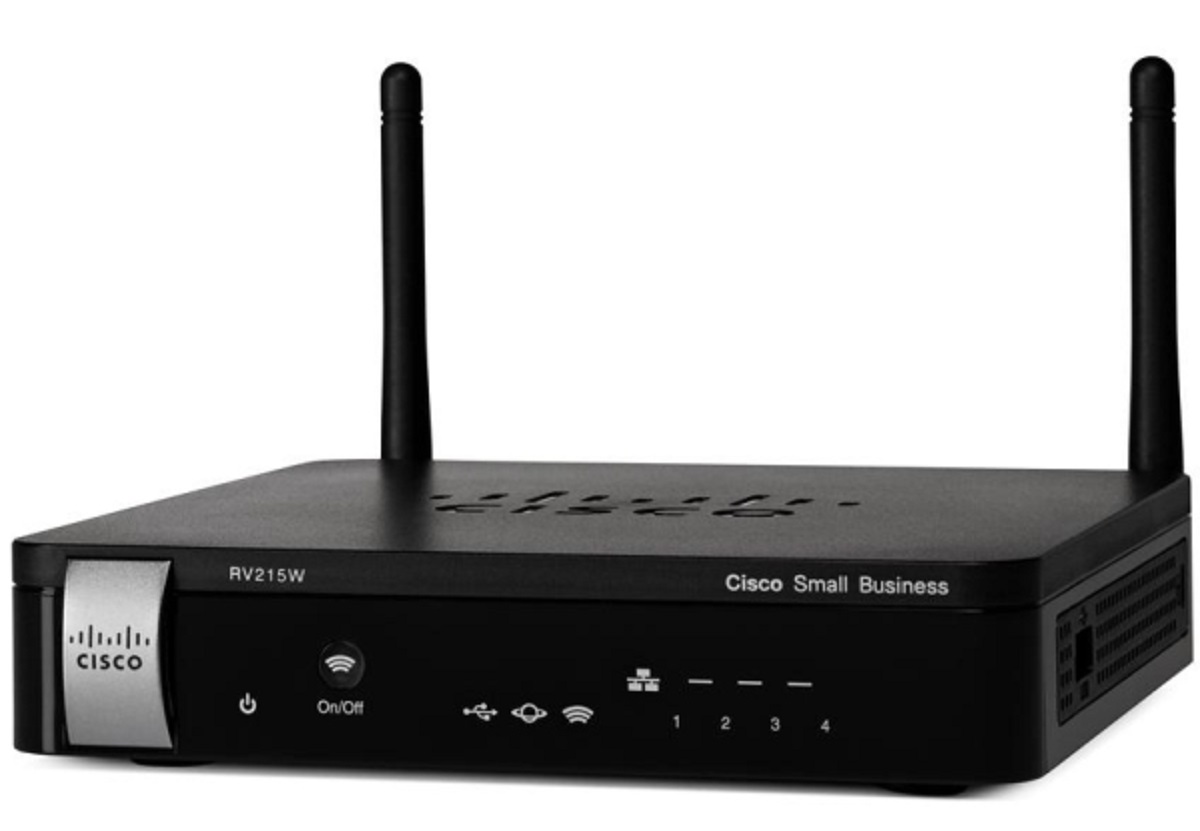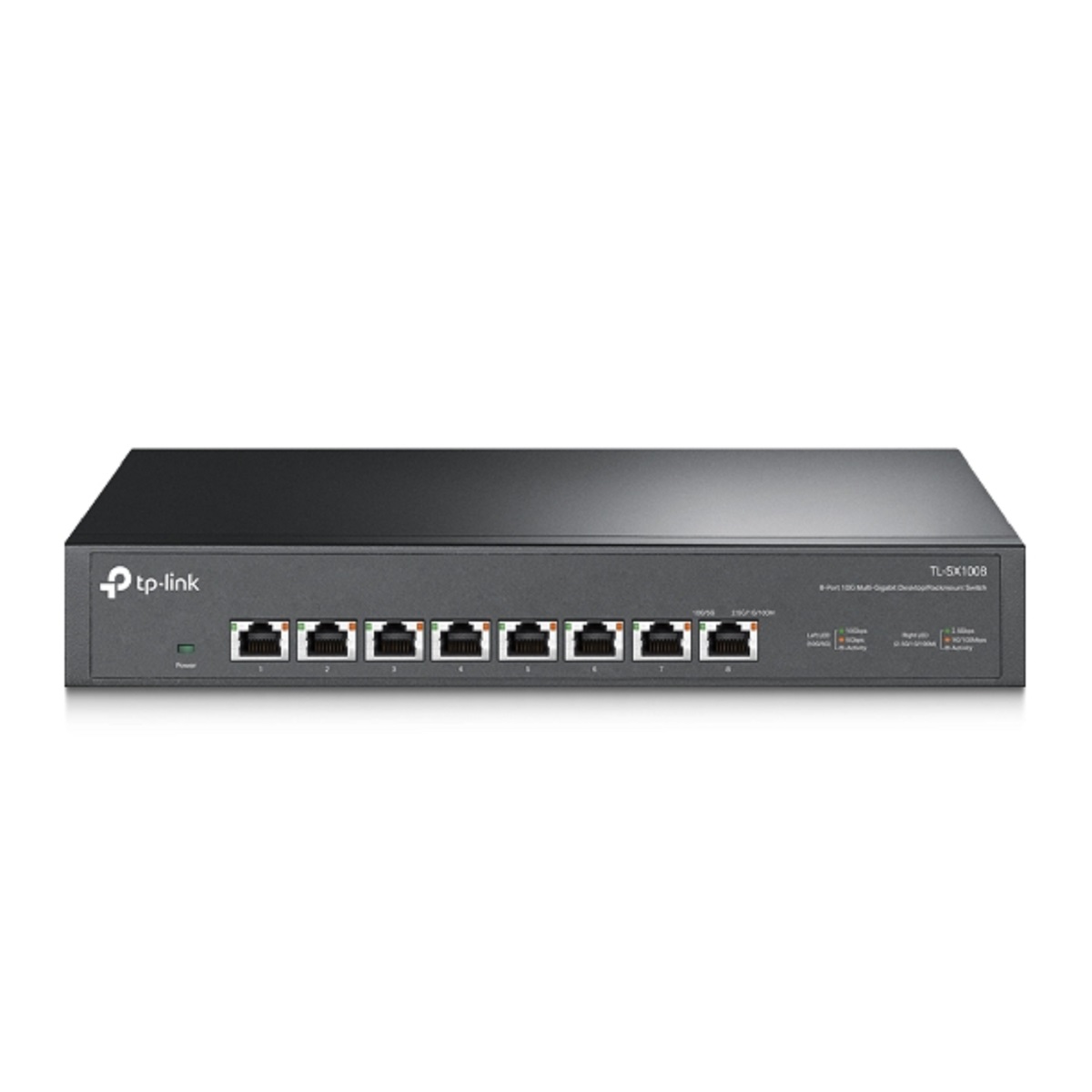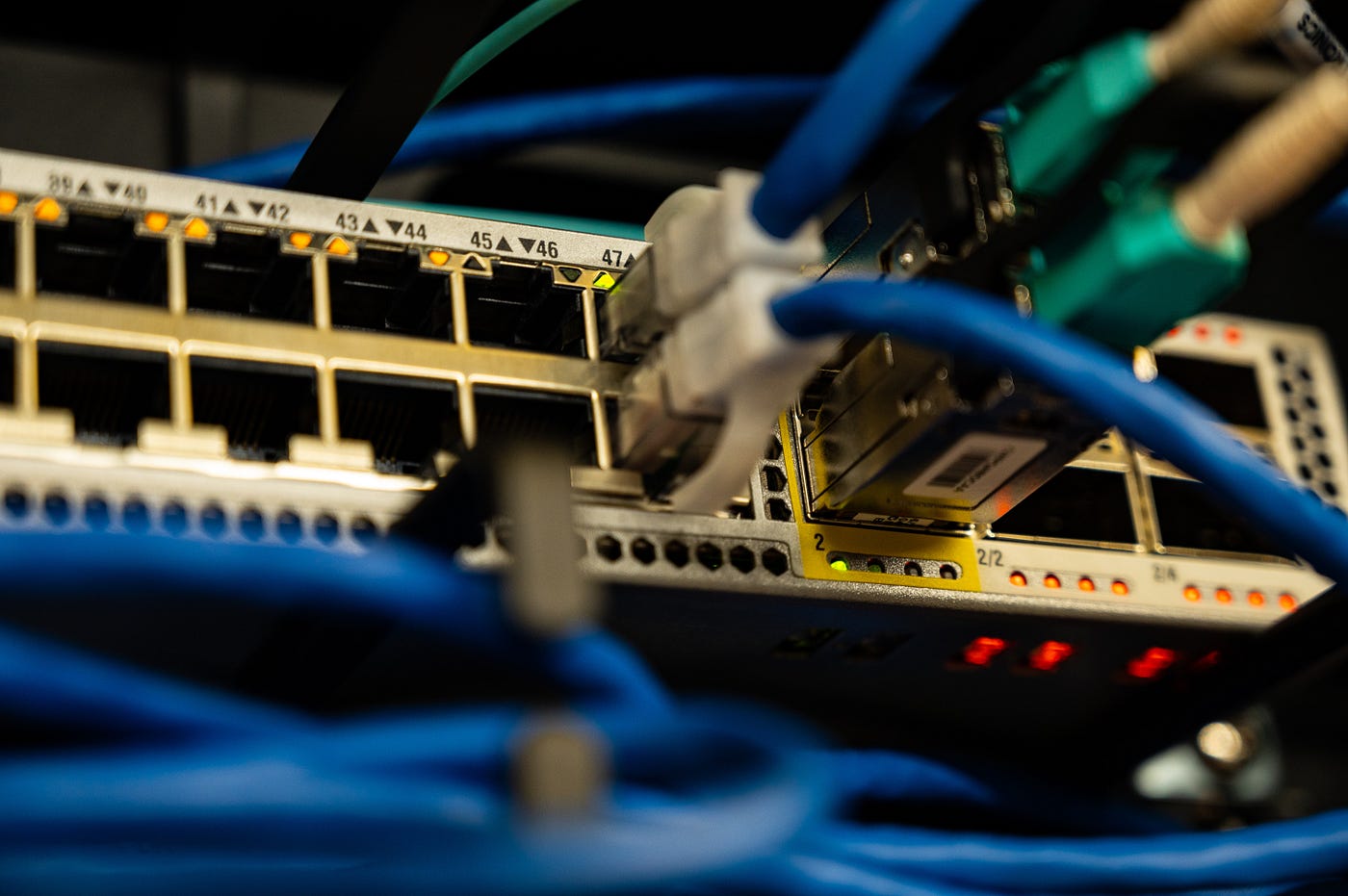Introduction
Networking devices such as routers and network switches play a crucial role in facilitating communication and data transfer within a network. While routers are primarily designed to connect multiple networks together and direct traffic between them, network switches are used to connect multiple devices within a single network. However, in certain scenarios, it can be advantageous to repurpose a router to function as a network switch, thereby expanding the network’s capacity and connectivity.
In this guide, we will explore the process of utilizing a router as a network switch, offering a cost-effective solution for expanding your network infrastructure. By reconfiguring the router to operate as a switch, you can effectively enhance the connectivity and efficiency of your network without the need to invest in additional networking hardware.
By understanding the fundamentals of routers and network switches, learning how to configure a router to function as a switch, and effectively connecting devices to the router-switch, you can optimize your network’s performance and streamline data transmission. Let’s delve into the intricacies of this process and uncover the steps required to seamlessly integrate a router into your network as a switch.
Understanding the Basics of Routers and Network Switches
Before repurposing a router to function as a network switch, it is essential to comprehend the fundamental disparities between these two networking devices. Routers are pivotal in directing data packets between different networks, utilizing IP addresses to determine the most efficient path for transmitting information. They operate at the network layer of the OSI model, enabling communication between devices across disparate networks.
On the other hand, network switches operate at the data link layer of the OSI model and are designed to connect multiple devices within a single network. Unlike routers, switches utilize MAC addresses to efficiently forward data to the intended recipient within the local network. This distinction is crucial in understanding the unique roles that routers and switches play in network communication and data transmission.
Routers employ a routing table to determine the optimal path for data packets based on the destination IP address, while switches utilize a MAC address table to facilitate the swift and accurate delivery of data within the local network. By comprehending these variances, you can discern the specific functions and capabilities of routers and switches, laying the groundwork for reconfiguring a router to operate as a switch.
Furthermore, routers often feature multiple Ethernet ports, enabling them to connect to various devices within a network. By leveraging these ports and configuring the router to function as a switch, you can effectively expand the network’s capacity and accommodate additional devices without the need for a standalone network switch. This versatility underscores the value of repurposing a router, as it offers a cost-effective means of enhancing network connectivity and efficiency.
Having gained insight into the core disparities and functionalities of routers and network switches, we can now proceed to the pivotal steps involved in configuring a router to operate as a switch, thereby optimizing network performance and connectivity.
Configuring the Router to Function as a Switch
To repurpose a router as a network switch, it is imperative to delve into the configuration settings of the device. Most consumer-grade routers feature built-in switch functionality, allowing for the seamless integration of routing and switching capabilities. By disabling the router’s DHCP server and connecting the devices to the LAN ports, you can effectively transform the router into a switch, enabling it to efficiently manage local network traffic.
The first step in this process involves accessing the router’s administration interface, typically done through a web browser by entering the router’s IP address. Once logged in, navigate to the LAN settings or DHCP settings section, where you can disable the DHCP server. This action prevents the router from assigning IP addresses to devices and allows the network’s primary DHCP server to manage IP allocation.
Subsequently, identify the LAN ports on the router, which are distinct from the WAN port used for internet connectivity. These LAN ports are integral for connecting devices within the local network. By plugging the devices into these ports, the router effectively operates as a switch, facilitating seamless communication and data transfer among connected devices.
Furthermore, it is advisable to assign a static IP address to the router-switch to ensure consistent accessibility within the network. This can be accomplished by accessing the router’s settings and configuring a static IP address within the network’s subnet. By doing so, you can guarantee that the router-switch remains easily identifiable within the network, streamlining the management of network resources and devices.
By reconfiguring the router to operate as a switch, you can capitalize on its built-in switching capabilities, effectively expanding the network’s capacity and connectivity. This approach presents a pragmatic solution for optimizing network infrastructure without the need for additional networking hardware, demonstrating the adaptability and versatility of routers in diverse networking environments.
Connecting Devices to the Router-Switch
Once the router has been reconfigured to function as a switch, the next crucial step involves connecting devices to the router-switch to harness its expanded networking capabilities. The LAN ports on the router, now repurposed as switch ports, serve as the primary interfaces for device connectivity within the local network. These ports enable seamless communication and data transfer among the connected devices, fostering an efficient and interconnected network environment.
When connecting devices to the router-switch, it is essential to consider the specific networking requirements and the intended usage of each device. Devices such as computers, printers, network-attached storage (NAS) systems, and media streaming devices can all be seamlessly integrated into the network through the switch ports on the router. By leveraging these ports, you can establish a robust and interconnected network infrastructure, catering to diverse networking needs.
Moreover, the utilization of Ethernet cables is pivotal in establishing the connections between the devices and the router-switch. Ethernet cables, available in various lengths and categories, facilitate high-speed data transmission and ensure reliable connectivity between the devices and the network switch. When connecting devices, it is advisable to utilize Ethernet cables of appropriate length and quality to optimize network performance and minimize potential signal degradation.
Additionally, consider the placement of the router-switch within the network environment to ensure optimal connectivity. Positioning the router-switch in a central location within the network facilitates equitable access for connected devices and promotes efficient data transmission across the network. This strategic placement minimizes potential network latency and optimizes the overall network performance, enhancing the user experience and productivity.
By effectively connecting devices to the router-switch and strategically positioning the switch within the network, you can establish a robust and interconnected network environment, leveraging the reconfigured router’s switch functionality to accommodate diverse networking needs and facilitate seamless data transfer.
Testing the Network Connection
Upon configuring the router to function as a switch and connecting devices to the network, it is imperative to conduct comprehensive network testing to ensure seamless connectivity and optimal performance. This testing phase allows for the identification of potential network issues, verification of device connectivity, and validation of data transfer efficiency, thereby ensuring the robustness and reliability of the reconfigured network environment.
One of the primary methods for testing the network connection involves verifying the connectivity of each device within the network. By accessing the network settings on individual devices, you can confirm their successful connection to the router-switch and assess the assigned IP addresses. This process ensures that devices are seamlessly integrated into the network and are capable of communicating with other connected devices.
Furthermore, conducting data transfer tests between devices facilitates the evaluation of network performance and data transmission efficiency. Transferring files between connected devices allows for the assessment of data transfer speeds and the identification of potential bottlenecks within the network. This testing process provides valuable insights into the network’s capacity and performance, enabling the implementation of optimizations if necessary.
Additionally, leveraging network diagnostic tools such as ping tests and network monitoring software allows for the assessment of network latency, packet loss, and overall network stability. By analyzing the results of these diagnostic tests, you can pinpoint any network irregularities and address potential issues that may impact the network’s performance and reliability.
It is also advisable to conduct stress tests on the network by simulating heavy data traffic and assessing the network’s resilience under increased load. This stress testing phase enables the validation of the network’s capacity to handle concurrent data transmissions and provides insights into its stability and performance under demanding conditions.
By rigorously testing the network connection, verifying device connectivity, assessing data transfer efficiency, and conducting comprehensive diagnostic and stress tests, you can ensure the seamless integration of the reconfigured router-switch into the network environment, fostering a robust, reliable, and high-performing network infrastructure.
Conclusion
Repurposing a router to function as a network switch presents a practical and cost-effective approach to expanding and optimizing network connectivity. By understanding the distinct functionalities of routers and network switches, configuring the router to operate as a switch, and seamlessly connecting devices to the router-switch, you can enhance the network’s capacity and efficiency without the need for additional networking hardware.
Through the reconfiguration process, the router’s built-in switching capabilities can be harnessed to facilitate seamless communication and data transfer within the local network. This versatility underscores the adaptability of routers in catering to diverse networking requirements, offering an economical solution for expanding network infrastructure.
Furthermore, meticulous testing of the network connection ensures the robustness and reliability of the reconfigured network environment. By verifying device connectivity, assessing data transfer efficiency, and conducting comprehensive diagnostic and stress tests, the seamless integration of the router-switch into the network is validated, culminating in a high-performing and interconnected network infrastructure.
Ultimately, the reconfiguration of a router to function as a switch exemplifies the resourcefulness and adaptability inherent in networking devices, showcasing their capacity to evolve and accommodate diverse networking needs. This approach not only optimizes network performance but also underscores the potential for leveraging existing hardware to meet expanding connectivity requirements, embodying the efficiency and ingenuity essential in network infrastructure management.
By embracing the process of repurposing a router as a network switch, network administrators and enthusiasts can leverage this pragmatic solution to enhance network connectivity, streamline data transmission, and foster a resilient and scalable network environment, ultimately maximizing the utility of existing networking hardware.







